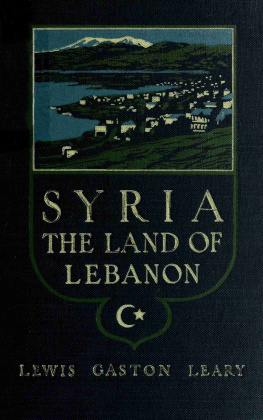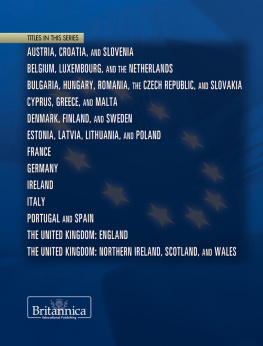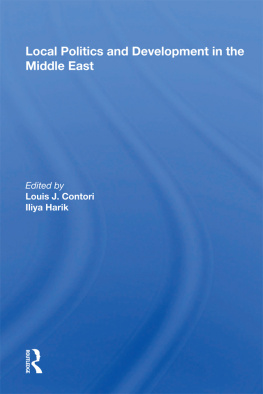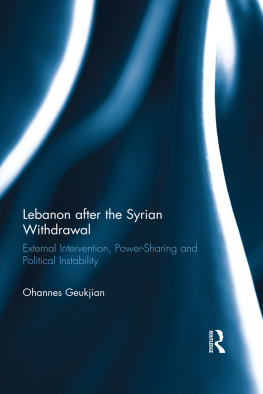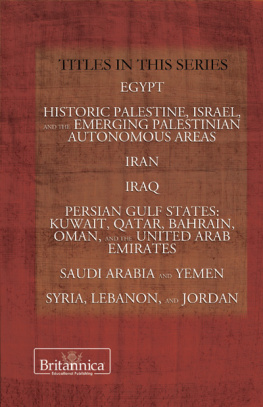CHAPTER 1
SYRIA: THE LAND AND ITS PEOPLE

S yria is a country located on the east coast of the Mediterranean Sea. Its area, which includes territory in the Golan Heights that has been occupied by Israel since 1967, does not coincide with ancient Syria, which was the strip of fertile land lying between the eastern Mediterranean coast and the desert of northern Arabia. Modern Syria is bounded by Turkey to the north, Iraq to the east and southeast, Jordan to the south, and Lebanon and Israel to the southwest.

With a rather scant coastline along the Mediterranean Sea, Syria shares borders with Turkey, Iraq, Jordan, Israel, and Lebanon.
The Syrian people evolved from several origins over a long period of time. The Greek and Roman ethnic influence was negligible in comparison with that of the Semitic peoples of Arabia and MesopotamiaAramaeans, Assyrians, Chaldeans, and Canaanites. Later the Turks, like the Greeks and Romans before them, influenced political and economic structures but failed to produce any noticeable change in the dominant Arab character of the Syrian people.
RELIEF
Syria has a relatively short coastline, which stretches for about 110 miles (180 kilometres) along the Mediterranean Sea between the countries of Turkey and Lebanon. Sandy bays dent the shore, alternating with rocky headlands and low cliffs. North of ars, the narrow coastal strip is interrupted by spurs of the northwestern Al-Anariyyah Mountains immediately to the east. It then widens into the Akkr Plain, which continues south across the Lebanon border.
The Al-Anariyyah mountain range borders the coastal plain and runs from north to south. The mountains have an average width of 20 miles (32 km), and their average height declines from 3,000 feet (900 metres) in the north to 2,000 feet in the south. Their highest point, at 5,125 feet (1,562 m), is situated east of Latakia (Al-Ldhiqiyyah). Directly to the east of the mountains is the Ghb Depression, a 40-mile (64-km) longitudinal trench that contains the valley of the Orontes River (Nahr Al-).
The Anti-Lebanon Mountains (Al-Jabal al-Sharq) mark Syrias border with Lebanon. The main ridge rises to a maximum height of 8,625 feet (2,629 metres) near Al-Nabk, while the mean height is between 6,000 and 7,000 feet (1,800 to 2,100 m). Mount Hermon (Jabal Al-Shaykh), Syrias highest point, rises to 9,232 feet (2,814 m).
Smaller mountains are scattered about the country. Among these are Mount Al-Durz, which rises to an elevation of some 5,900 feet (1,800 m) in the extreme south, and the Ab Rujmayn and Bishr mountains, which stretch northeastward across the central part of the country.
The undulating plains occupying the rest of the country are known as the Syrian Desert. In general their elevation lies between 980 and 1,640 feet (300 and 500 m); they are seldom less than 820 feet (250 m) above sea level. The area is not a sand desert but comprises rock and gravel steppe. A mountainous region in the south-central area is known as Al-amd.
DRAINAGE
Mount Hermon
Mount Hermon (Arabic: Jabal Al-Shaykh) is a snowcapped ridge on the Lebanon-Syria border west of Damascus. It rises to 9,232 feet (2,814 metres) and is sometimes considered the southernmost extension of the Anti-Lebanon range. At its foot rise the two major sources of the Jordan River. Hermon has also been known historically as Sirion and Senir. A sacred landmark in Hittite, Palestinian, and Roman times, it represented the northwestern limit of Israelite conquest under Moses and Joshua. On its slopes are temples with Greek inscriptions dating from about 200 CE.
Since the June (Six-Day) War of 1967, about 40 square miles (100 square km) of Mount Hermons southern and western slopes have been part of the Israeli-administered Golan Heights. These areas have been developed for recreational use, especially skiing.
The Euphrates River is the most important water source and the only navigable river in Syria. It originates in Turkey and flows southeastward across the eastern part of Syria. The Euphrates Dam, constructed on the river at abaqah, was completed in 1973, and the reservoir behind the dam, Lake Al-Assad, began to fill thereafter.

The Tigris and Euphrates river basin and its drainage network.
The Orontes is the principal river of the mountainous region. It rises in Lebanon, flows northward through the mountains and the Ghb Depression, and enters the Mediterranean near Antioch (Hatay), Turkey. The Yarmk River, a tributary of the Jordan River, drains the Jabal Al-Durz and awrn regions and forms part of the border with Jordan in the southwest.
Orontes River
The Orontes River (Arabic: Nahr Al-), located in southwestern Asia, drains a large part of the northern Levant into the Mediterranean Sea. From its source in the Bekaa Valley of central Lebanon, the river flows northward between the parallel ranges of the Lebanon and Anti-Lebanon Mountains into Syria, where it has been dammed to form Lake Qanah. Northwest of amh the Orontes crosses the fertile Ghb Depression and enters Turkey, where it bends westward and empties into the sea near Samanda. Largely unnavigable for most of its 250-mile (400-km) length, it is nonetheless an important source of irrigation water, especially between im and amh. Major tributaries of the Orontes include the Karasu and Afrn rivers. im, amh, and the ancient Greek city of Antioch (Hatay, Turkey) are the largest riparian settlements.
Scattered lakes are found in Syria. The largest is Al-Jabbl, a seasonal saline lake that permanently covers a minimum area of about 60 square miles (155 square km) southeast of Aleppo. Other major salt lakes are Jayrd to the northeast of Damascus and Khtniyyah to the northeast of Al-asakah. Lake Muzayrb, a small body of fresh water, is located northwest of Dar. The larger Lake Qanah (Lake im), a reservoir, is west of im (Homs).
Most of the countrys drainage flows underground. On the surface, impervious rocksconsisting of clay, marl (clay, sand, or silt), and greensandcover a relatively small area. Porous rocks cover about half of the country and are mainly sandstone or chalk. Highly porous rocks consist of basalt and limestone. Water penetrates the porous rocks, forming underground springs, rivers, or subterranean water sheets close to the surface. Although the springs are profuse, the water sheets are quickly exhausted and may turn saline in areas of low precipitation.
SOILS
Because of aridity, vegetation plays only a secondary role in soil composition. With the exception of the black soil in the northeastern region of Al-Jazrah, soils are deficient in phosphorus and organic matter. The most common soils are various clays and loams (mixtures of clay, sand, and silt). Some are calcareous (chalky), whereas othersespecially in the area of the Euphrates Valleycontain gypsum. Alluvial soils occur mainly in the valleys of the Euphrates and its tributaries and in the Ghb Depression.
CLIMATE
The coast and the western mountains have a Mediterranean climate with a long dry season from May to October. In the extreme northwest there is some light summer rain. On the coast summers are hot, with mean daily maximum temperatures in the low to mid-80s F (upper 20s C), while the mild winters have daily mean minimum temperatures reaching the low 50s F (low 10s C). Only above about 5,000 feet (1,500 metres) are the summers relatively cool. Inland the climate becomes arid, with colder winters and hotter summers. Maximum temperatures in Damascus and Aleppo average in the 90s F (mid-30s C) in summer, while temperatures reach average lows in the mid-30s to low 40s F (1 to 4 C) in winter. In the desert, at Tadmur (Palmyra) and Dayr al-Zawr, maximum temperatures in the summer reach averages in the upper 90s to low 100s F (upper 30s to low 40s C), with extremes in the 110s F (mid- to upper 40s C). Snow may occur in winter away from the coast, and frosts are common.









